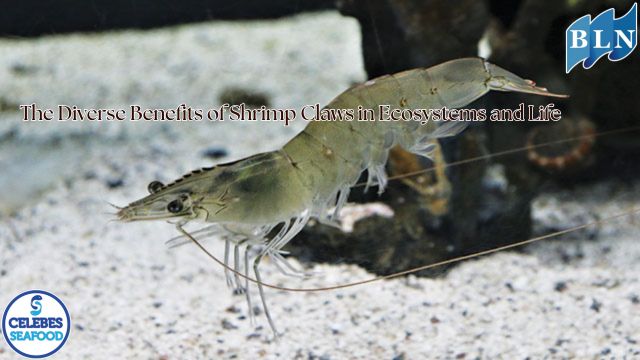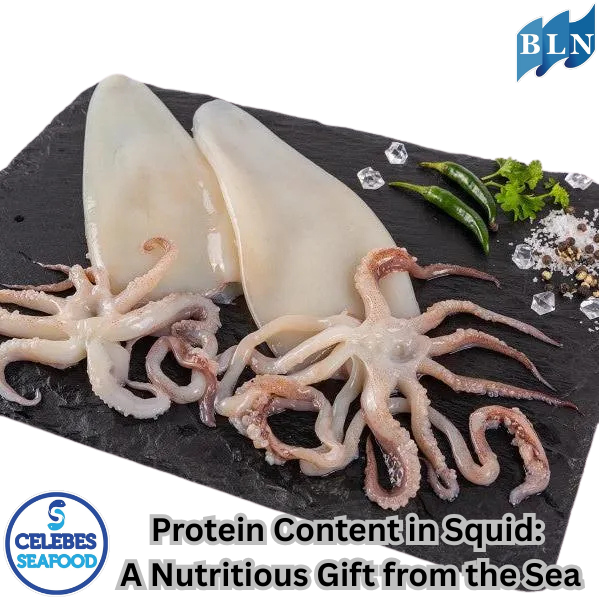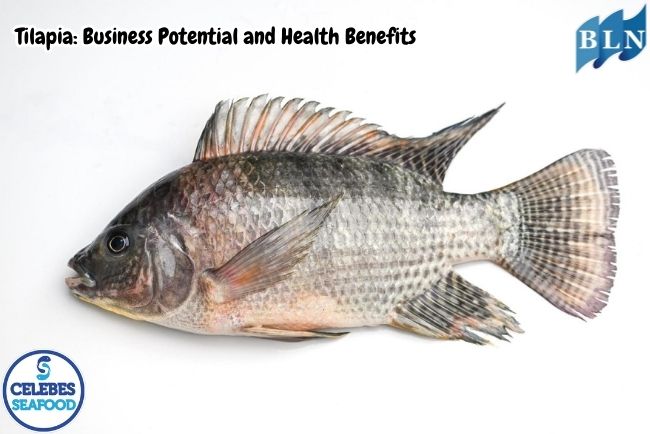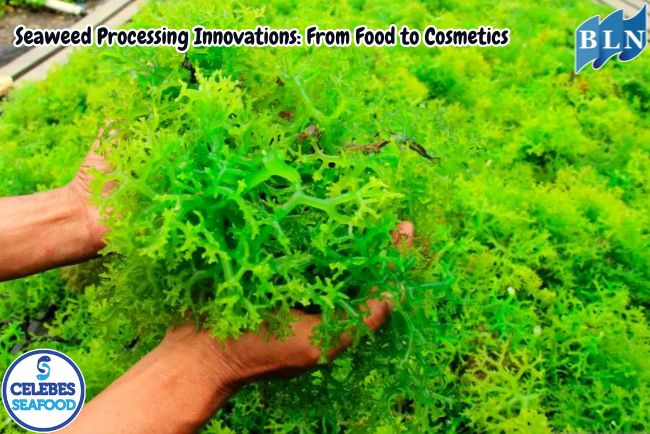More Than Just Eating Utensils: The Diverse Benefits of Shrimp Claws in Ecosystems and Life
By. Tri - 02 May 2025
lautnusantara.com_ Often, we perceive shrimp claws merely as tools for these small creatures to consume their meals. However, this view is too narrow. This pair of pincers, an evolution of the shrimp's front legs, plays a far more complex role and offers significant benefits, both for the individual shrimp and for the ecosystems they inhabit.
For the Individual Shrimp:
The most obvious benefit of shrimp claws lies in obtaining nutrition. Claws enable shrimp to:
- Grasp and manipulate food: Whether it's algae, detritus, small worms, or larvae, claws serve as hands to grab and bring food to the mouth.
- Process food: Strong claws can be used to crack the shells of small mollusks or break down aquatic plants into smaller, more manageable pieces.
- Hunt prey: For predatory shrimp species, claws become essential weapons for capturing and holding onto fast-moving prey.
Beyond foraging, shrimp claws are also crucial for self-defense. When faced with much larger predators, claws form the first line of defense. While not always effective against large attacks, claws can be used to:
- Parry attacks: A sudden pinch from the claws, especially in species with larger claws, can startle or discomfort a predator, giving the shrimp time to escape.
- Display resistance: A defensive posture with open claws can signal to a predator that the shrimp will not surrender without a fight.
In social interactions, particularly among male shrimp, claws play a role in competition and dominance. Larger and stronger claws often indicate strength and health. Male shrimp may use their claws to:
- Fight for territory: Prime feeding grounds or shelters are vital resources, and claws become tools in the battles to secure them.
- Compete for mates: The size and strength of a male's claws can also be a determining factor for females when choosing a mate perceived to have good genes.
Furthermore, the ability to regenerate lost claws is a remarkable adaptive benefit. Losing a claw due to a fight or predator attack doesn't mean permanent disability. Shrimp can regrow new claws through the molting process, ensuring they retain these essential tools for survival.
For the Ecosystem:
The presence and activity of shrimp with their claws also provide benefits to the ecosystem as a whole:
- Population control: Predatory shrimp with effective claws help control populations of other small invertebrates, maintaining the balance of the food web.
- Decomposition of organic matter: Some shrimp species use their claws to break down detritus, aiding in the decomposition process and nutrient cycling in aquatic environments.
- Food source for other animals: Shrimp themselves are an important food source for various fish, birds, and marine mammals. A healthy shrimp population, with the ability to forage and defend themselves effectively thanks to their claws, supports the predator populations above them.
shrimp claws extend far beyond their function as mere eating utensils. They are multifaceted instruments crucial for the survival of individual shrimp through food acquisition, self-defense, social interactions, and regeneration. Moreover, the activities of shrimp with their claws also make significant contributions to the health and balance of aquatic ecosystems as a whole. Understanding the benefits of shrimp claws gives us a deeper appreciation for the small yet significant role these creatures play in nature. If you are interested in our product SLIPPER LOBSTER WHOLE ROUND, SLIPPER LOBSTER MEAT, Coral Trout Fillet Skin On,OCTOPUS WHOLE CLEANED FLOWER TYPE please do not hesitate to contact us through email and/or whatsapp.






.jpg)

